As veganism is accelerating towards the mainstream, the demand for plant-based food products (in particular dairy alternatives) has increased.
This is according to a recent market study (Dairy Alternatives Market by Future Market Insights), which predicts that the revenue of the dairy alternatives market will reach US$ 34.6 billion by 2029. In terms of value, the global dairy alternatives market is projected to register a CAGR of 8.3% during the forecast period.
The trend of veganism is a primary factor for this demand and health-related concerns such as allergies from milk and lactose intolerance are playing a vital role in the growth of this market. With the increased exposure to the dangers of dairy products, more consumers are leaning towards non-dairy milk, which, in turn, is providing a significant boost to the dairy alternatives market.
A further reason for this surge in sales is due to consumers’ growing concerns for animal welfare and reducing their impact on the planet.
Dairy alternatives have been competing in the dairy space now for decades, but the competition has intensified as dairy alternatives are expanding in styles, product categories, and types. Growing research and development, product line extensions, and marketing campaigns have led to increased sales of dairy alternatives.

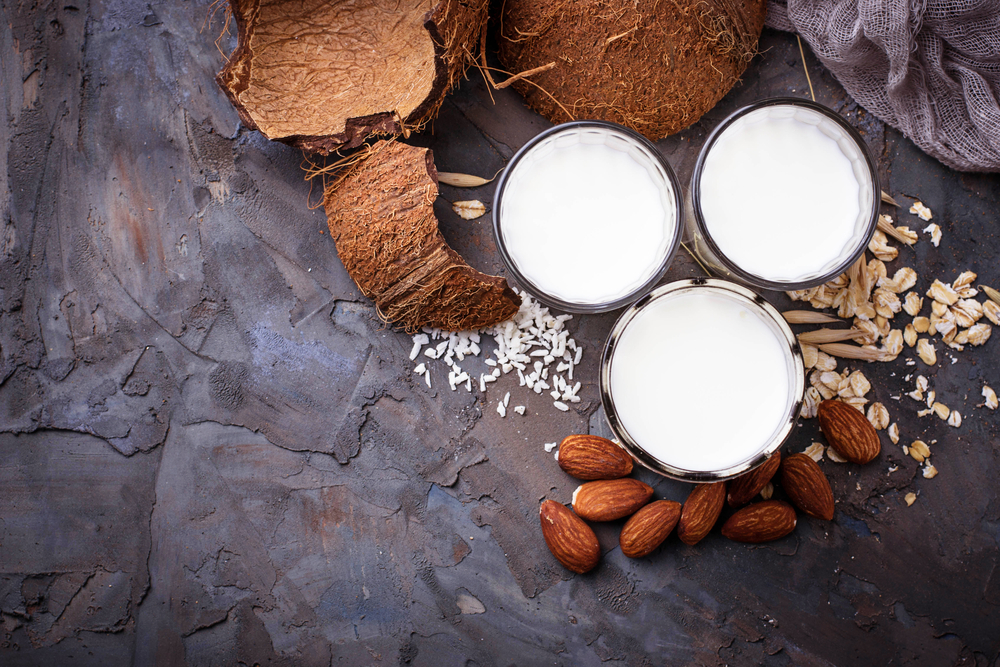
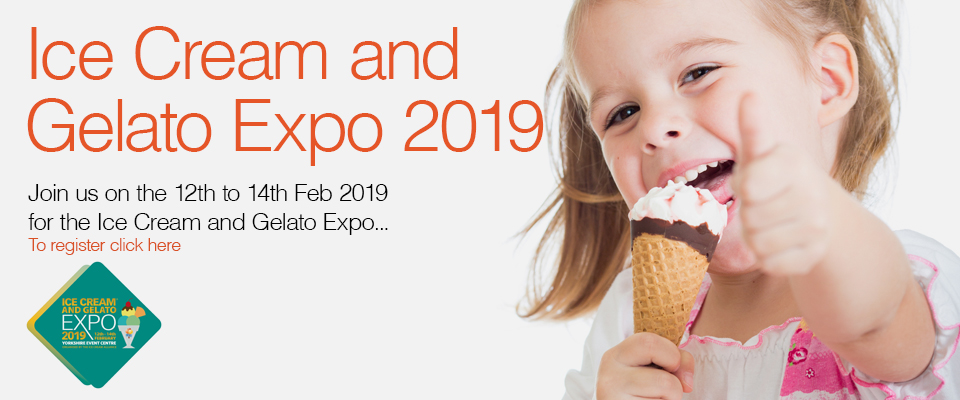
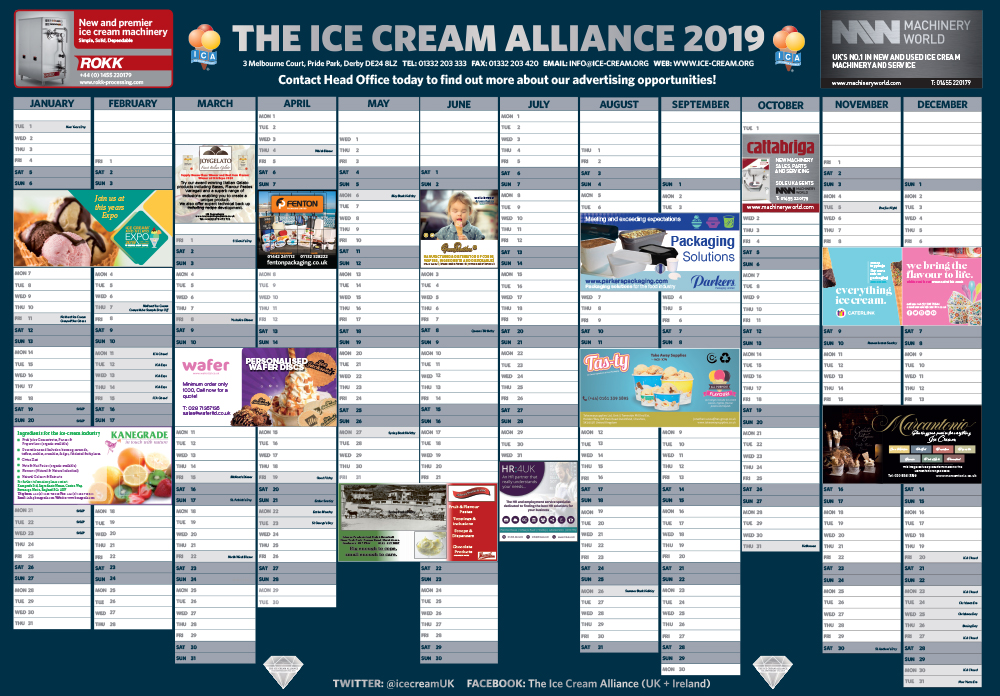



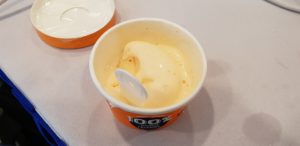 Despite outsiders not knowing a lot about his food habits, Kim Jong Un has been described as a foodie who loves luxury foreign foods—especially cheese, which did not feature on the menu. Today’s working lunch seems lighter on the symbolism than the menu at the inter-Korean summit in April, where South Korea served Kim rösti, a Swiss potato fritter dish he enjoyed in his boarding school days in Switzerland, and a cheery mango mousse cake symbolizing Korean unity that managed to anger Japan.
Despite outsiders not knowing a lot about his food habits, Kim Jong Un has been described as a foodie who loves luxury foreign foods—especially cheese, which did not feature on the menu. Today’s working lunch seems lighter on the symbolism than the menu at the inter-Korean summit in April, where South Korea served Kim rösti, a Swiss potato fritter dish he enjoyed in his boarding school days in Switzerland, and a cheery mango mousse cake symbolizing Korean unity that managed to anger Japan.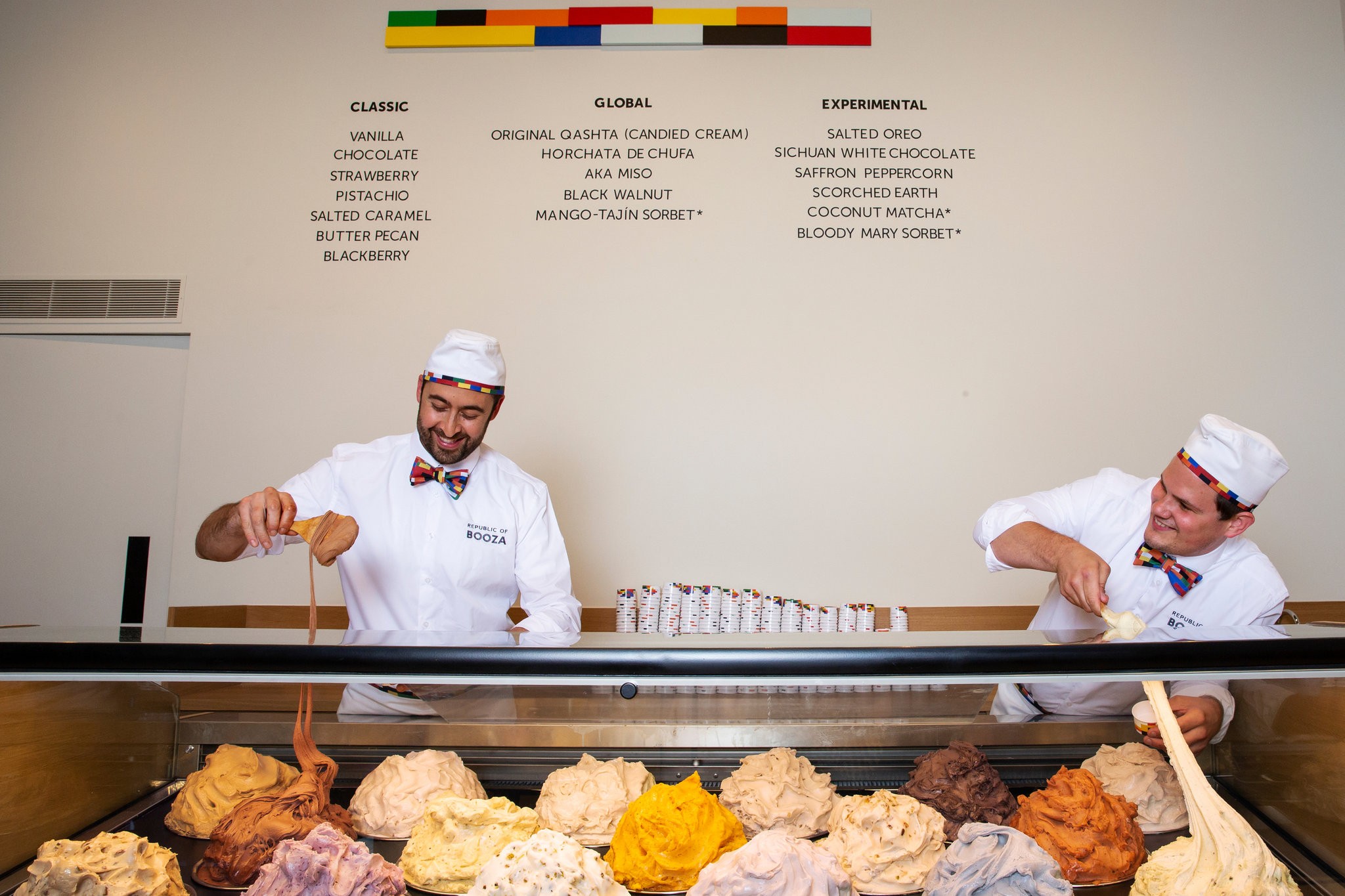

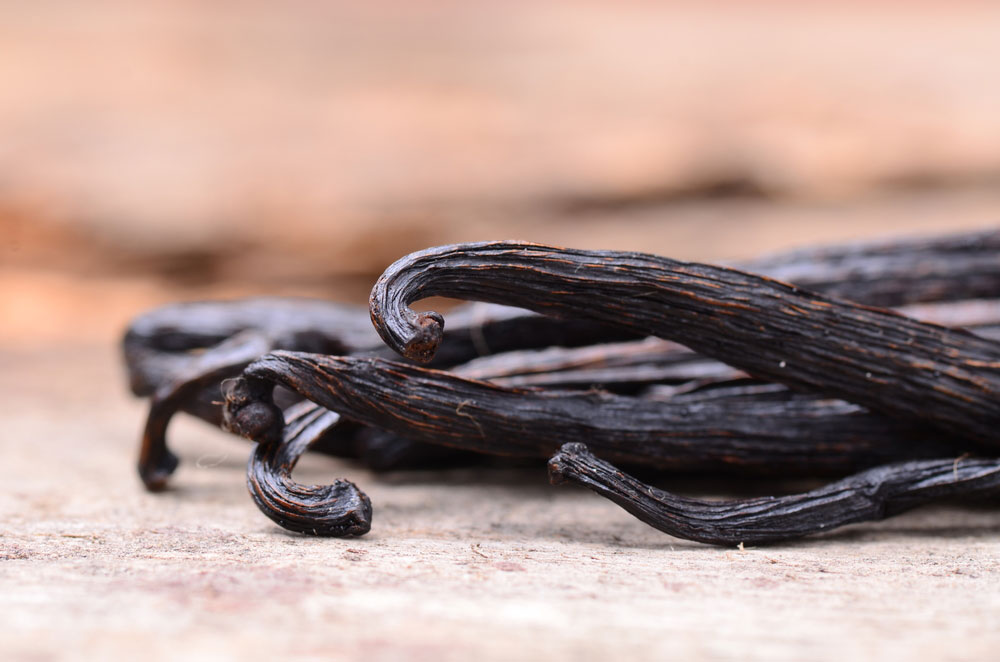
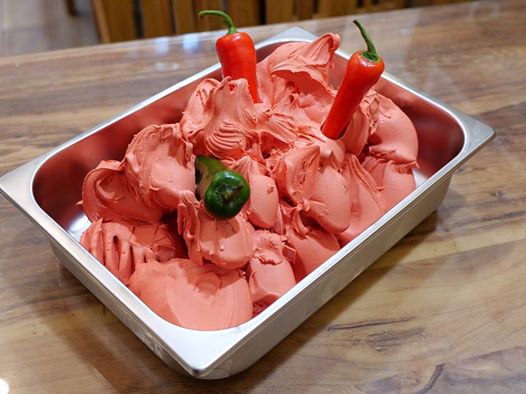

 Instagram
Instagram YouTube
YouTube LinkedIn
LinkedIn